Continuing the trend of sitting on things for a while, Akasa sent me their Akasa Pi-5 Pro Raspberry Pi 5 passive cooler/case towards the beginning of the year and as that really annoying song played all through the Euros this year said, life is life, and here we are. Though I am sorry, Akasa, please forgive me.
It’s a passive heatsink/case combo for the Raspberry Pi 5 if you hadn’t already guessed, though it’s my first look at an Akasa product in the SBC space, so I’m very curious to see how it plays out.
Table of Contents
What’s In The Box?
Upon opening the rather standard black cardboard box, you’ll be presented with quite a few pieces to unpack before you can assemble your Akasa Pi-5 Pro. You’ve the screws for mounting the top panel to the case, and to mount the Pi 5 in there. We have some feet, aluminium blocks to pull heat away from the components and into the case, thermal pads to help with that, and some of Akasa’s thermal compound.
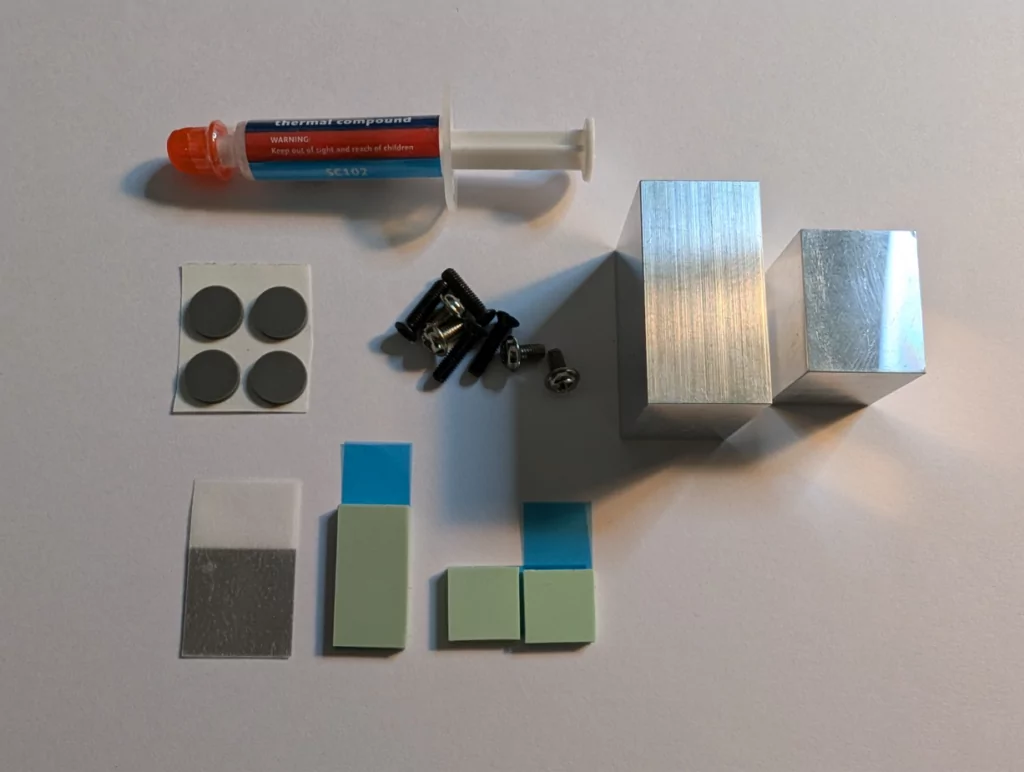
There’s a handy instruction booklet that goes over the steps for installation so that’s nice. Some vendors include a QR code which is nicer for the environment, I’m sure, providing they actually work and are kept updated!
First Impressions of the Akasa Pi-5 Pro
It’s the first case that I’ve tested that comes with a thermal compound rather than just thermal pads, though it’s only used between the top of the aluminium block and the top of the case, the included thermal pads are between the Pi’s components and those blocks.
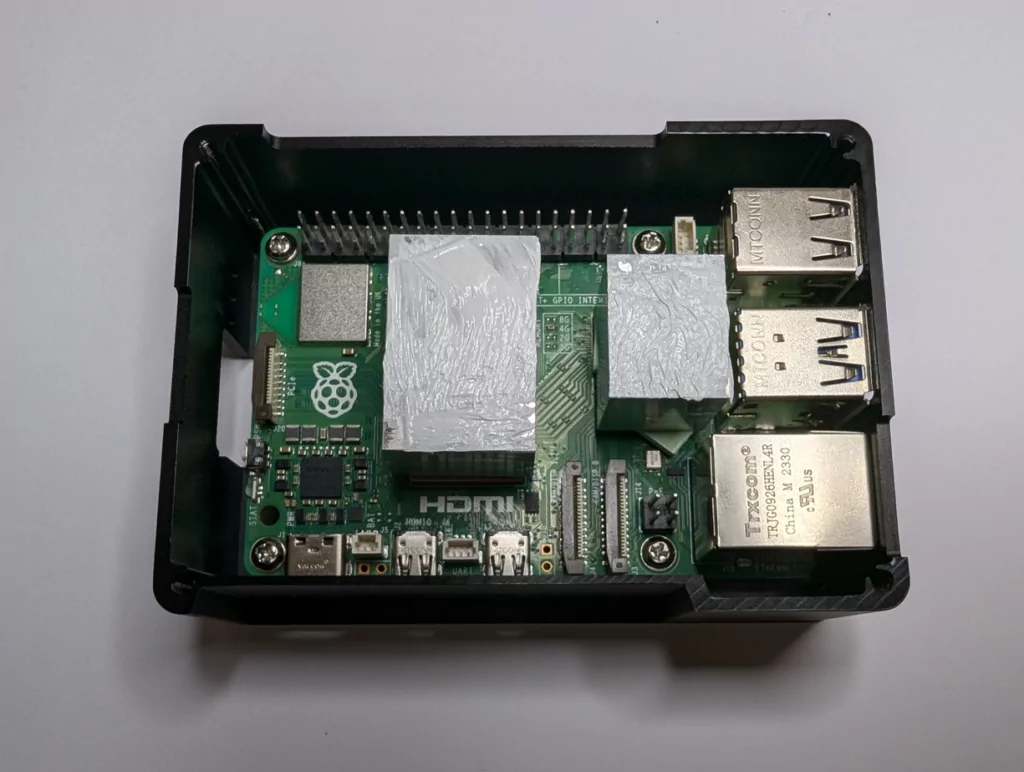
Curiously, there was no thermal pad included for the PMIC on the Pi 5, this is left bare, though there is one that is destined for the BCM54213PE Ethernet controller. The PMIC can get quite toasty at times so it would have been nice to see something there, however with the 2 aluminium blocks positioned as they are, you wouldn’t be able to utilise those anyway.
Who’s it for?
Given that the Raspberry Pi 5 is a much more compatible unit compared to its predecessors, using it as a media centre is more viable than ever, so having a silent cooling option that will also look good on your TV stand or desk is something lots of people will be looking for. Akasa even went as far as to say that the case is suitable for overclocking and based on the temperatures, we do have a little headroom for that. I’ll hopefully have some overclocking content up in the not-so-distant future so let’s see, perhaps I can give the Pi-5 Pro a chance with that
That’s not to say that we need to pigeonhole it into that specific use case, as it will work just fine in any situation, not just in a media setup in your living room!
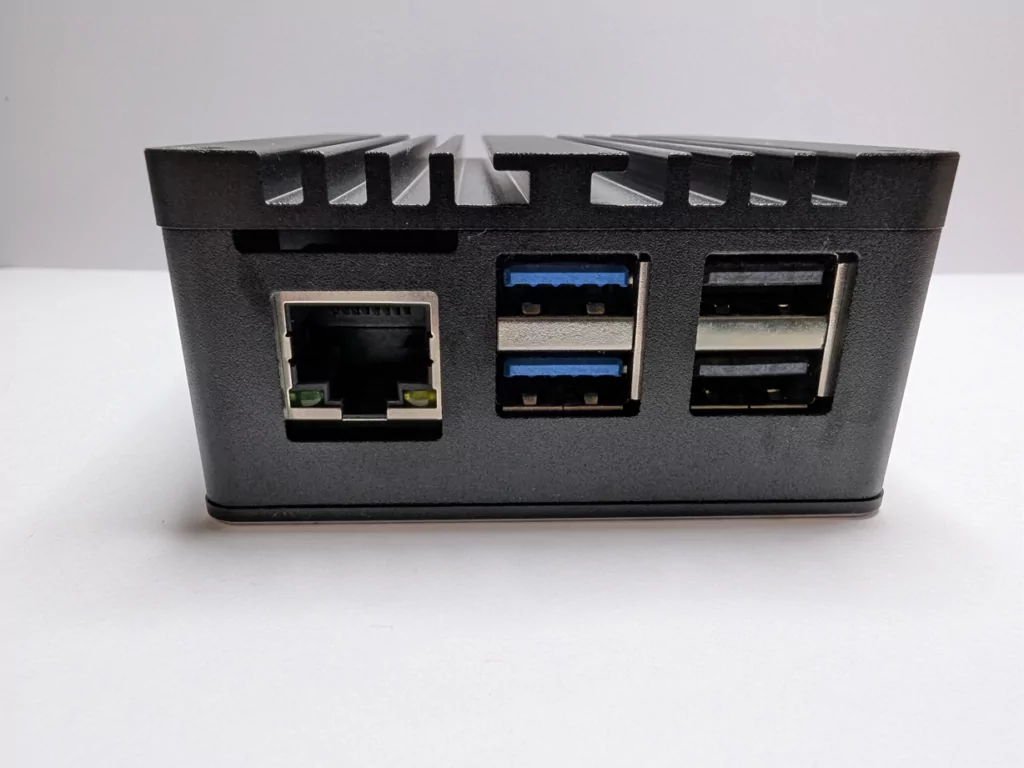
On the flip side, it’s not for those of you who want to make use of a HAT of any kind as you simply don’t have space for it. I can only imagine that Akasa had similar designs for their Pi 4 lineup and wanted to get this to market quickly, either not expecting the PCIe HAT market to explode like it has, or not really wanting to target that demographic by choice. HATs aren’t a new concept, so perhaps it’s more of the latter.
Testing Process
I’m using a 4GB Raspberry Pi 5 for this with the performance CPU governor set, as it’s what I’ve used in all of my other Pi 5 cooler tests and I don’t want to throw the newer, slightly cooler 2GB model into the mix to jumble things up. For the test software, we have my preferred stress-ng running with stress-ng –cpu 0 –matrix 0 for 30 minutes to really give it a hammering.
The ambient temperature was 25 degrees Celsius throughout the test, and if it matters, I’m using the Argon 40 PWR GaN PSU which I’ve been quite enjoying as it doesn’t take up quite as much space in my power strip!
Akasa Pi-5 Pro Benchmark Results
The idle temperatures are looking good. I let the system set for 30 minutes, and we sat at a clean 47 degrees Celsius. This is slightly lower than the
Under full load, the Raspberry Pi 5 hit a peak of 12.6 Watts and the Akasa Pi-5 Pro took it like a champ, topping out at 77.4 degrees Celsius, which is great for a passive case like this.
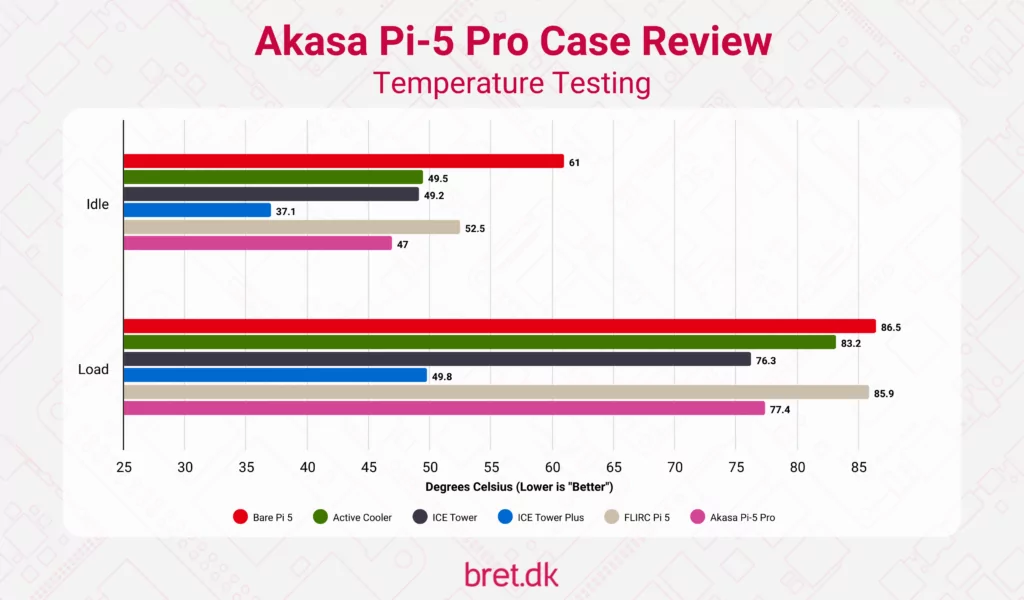
Bonus WiFi Test
Often, encasing your Rasp+berry Pi in a metal shell can interfere with the WiFi signal, and for those of you relying on that, that may be a problem. Whilst not a full-on benchmark, I decided to utilise wavemon to check the signal level of the Pi 5 whilst both in, and out of the case, to see if we’re trading cooling for WiFi performance.
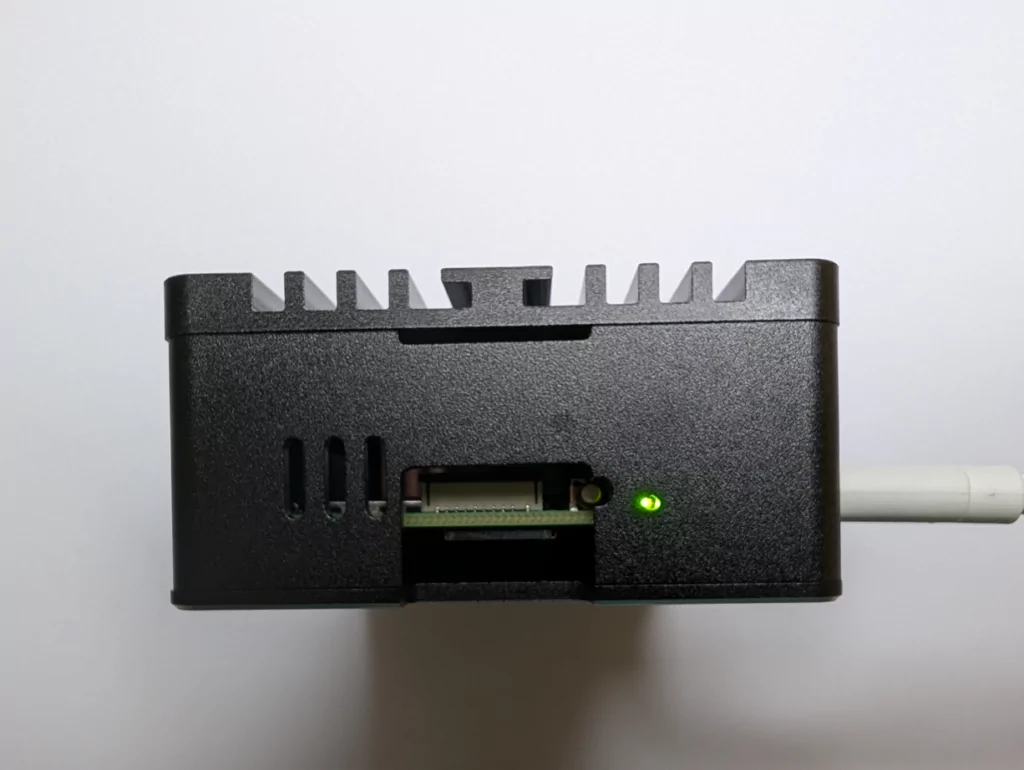
When in the Akasa Pi-5 Pro case, a signal level of -43 dBm was observed on average, over 5 minutes. When seeing what that means from a throughput standpoint, I’ve tested with iperf3 from 2m with a line of sight from my Ubiquiti U6-LR AP. The download test gives us 88Mbps, and 125Mbps upload.
Taken out of the case, this goes to -36 dBm, and an iperf3 test offered up 116Mbps download, and 114Mbps upload.
Both tests were performed over 5 minutes and the figures are the average of those 5 minutes. Being outside of the case improves signal quality somewhat, though the speeds are largely the same.
Conclusion
It’s a very well-put-together case and all of the components feel high-quality. The anodised aluminium case does a good job of taking the heat away from the components and all of the ports are easily accessible and line up nicely.
If I had to be a little critical, the microSD card slot can be a bit fiddly to get at with your fingers (if they’re on the slightly chubbier side like mine) but I did get it out with a bit of manoeuvring.
In addition to not accommodating HATs, the Akasa Pi-5 Pro’s camera/display, and GPIO headers are somewhat cut off, so it really feels like they’re targeting users who don’t want any of that, they just want a low-power draw Pi to sit as a headless server, and that’s fine, there are plenty of people out there who will be fine with that! If you do want to use them, you could do some twisting of cables to come out of the side panel but you’re giving up your aesthetics then.
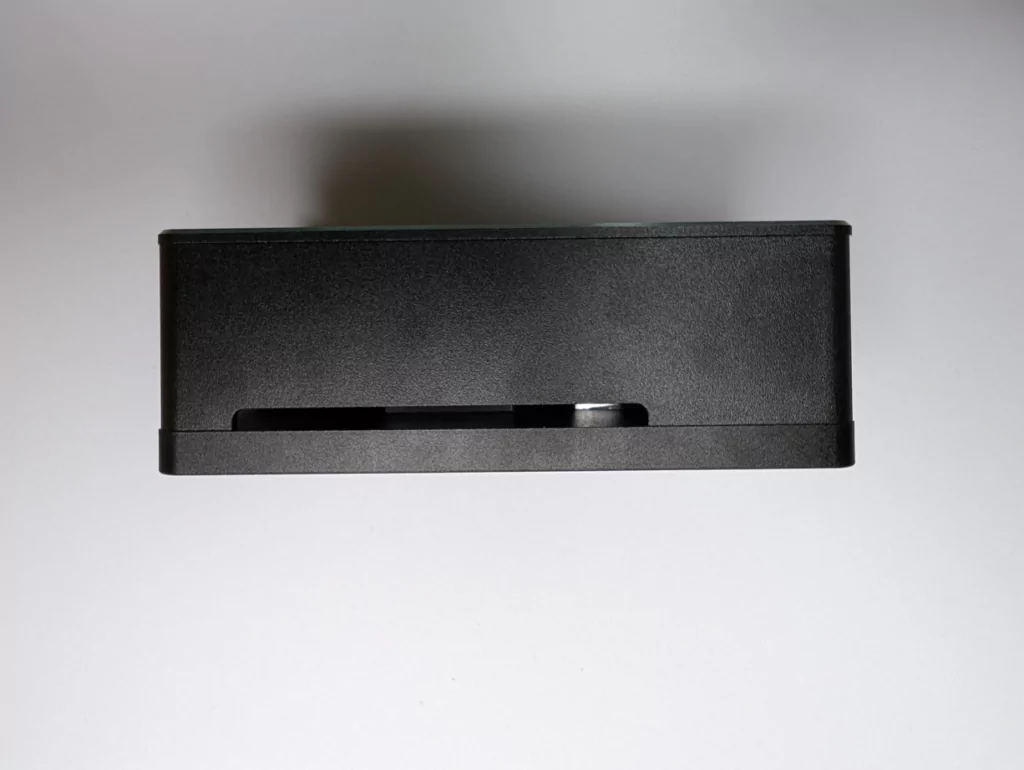
At around $30 USD, it’s not an extremely expensive option if this is the type of solution you’re looking for. It’s available on Amazon in most parts of the world if you’re into that, or Akasa’s own website has an option to find retailers near you. Here in Sweden, I found 3-4 so I’m sure most of you will find a retailer nearby!
Overall, I like it, and given that it performs considerably better than the FLIRC Passive Raspberry Pi 5 Case alternative at a similar price point, I’d say it’s well worth buying if you’re in the market for a sleek, passive case for your Raspberry Pi 5.
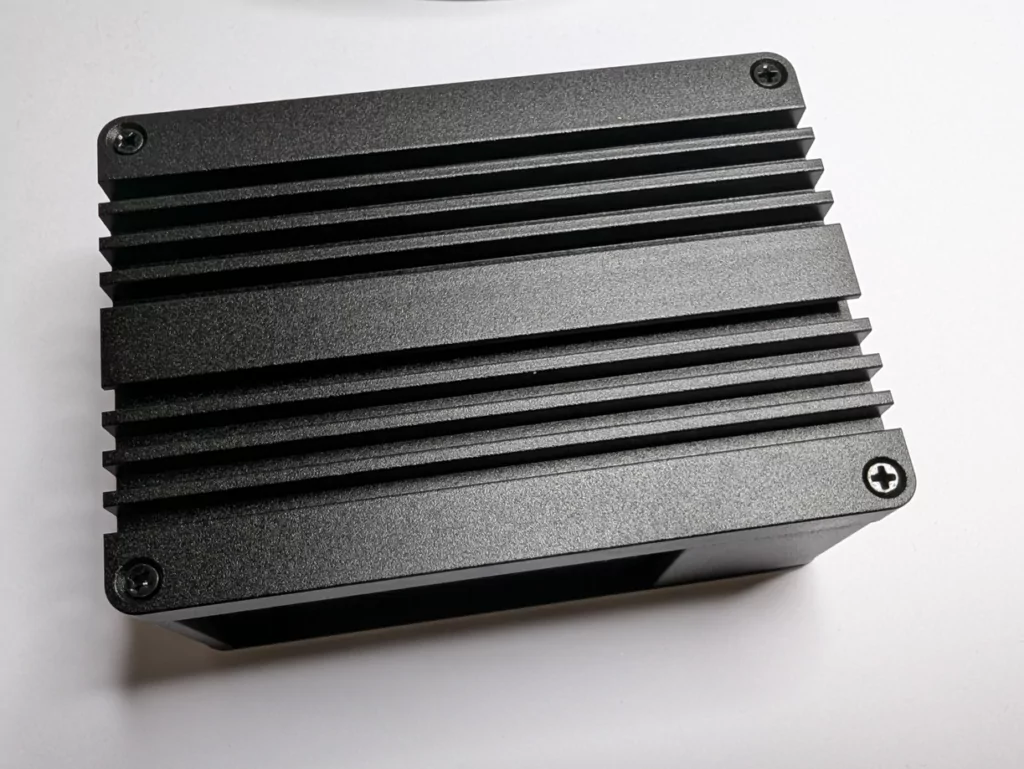
If you want to see how the Raspberry Pi 5 performs under various loads and with different cooling solutions, I covered this extensively in my Raspberry Pi 5 Review.